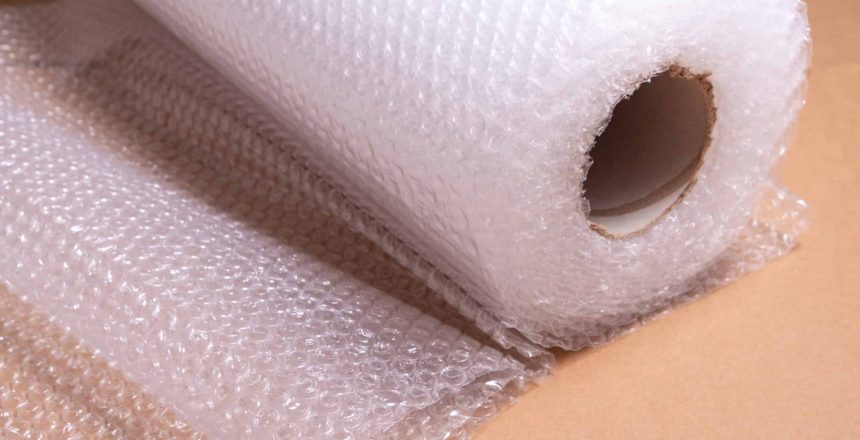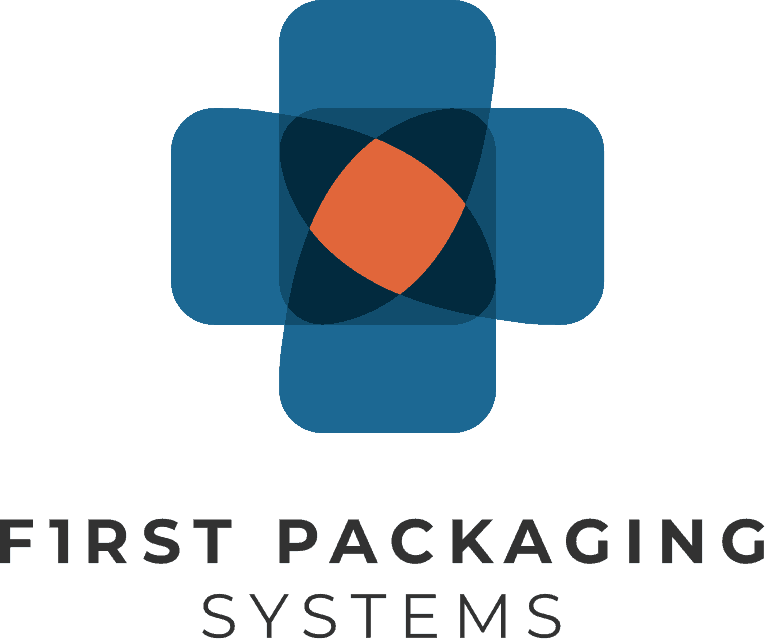Bubble is one of the rock stars of the packaging industry. It doesn’t always get the attention and praise it deserves. Sure, it’s fun to sit there and pop the bubbles when you are bored. When you really think about it, though, its value as a packaging material is undeniable.
Most product manufacturers, distributors and shipping companies know the value of bubble. What’s often overlooked is the fact that there are many different types of bubble. It’s important to understand the differences and make sure you are using the right type for your particular packaging needs.
Here are some of the different types of bubble:
Standard Bubble
Standard bubble is what you will see and probably use most often. It may be opaque, clear or colored. It may have small bubbles or larger pockets of air to provide padding for various objects. It is usually purchased in large rolls, but can come in pre-fabricated bags, pouches or envelopes to suit your different packaging needs. One nice thing about standard bubble is that it is often reusable.
Foam-Backed Bubble
This is a special type of bubble with a distinctive foam layer that provides an added level of protection for very sensitive items. What’s nice is it really doesn’t take up much more space in terms of the packaging. It can absorb light impact, making it ideal to better protect products with a sensitive finish—like a high-gloss paint, for example.
Anti-Static Bubble
One downside of standard bubble is that it can build up a lot of static during packaging and transit. This isn’t a big deal for most items, but you have to be very careful if packaging and shipping items that can be damaged by an electrostatic discharge (ESD). We’re talking about things like smartphones and other electronics. Anti-static bubble is recommended for these types of products and ESD-sensitive materials.
Environmentally Friendly Bubble
These bubbles are generally made from recycled plastics. Manufacturers with an eco-sensitive image may want to use environmentally friendly bubble that will provide the same protective qualities as standard bubble. It may just cost a little more.
Self-Adhesive Bubble
It’s common for manufacturers to simply use tape or double-sided tape to secure the bubble around the product(s). This is fine, but it often creates more work and sometimes the take is harder for the end user to remove. There are self-adhesive bubbles available that sticks to itself similar to many plastic wraps. This keeps the items nicely secured without the need for excess tape.
As you can see, there are some different types of bubbles that you may want to consider using. The other issue to help you streamline your packaging system is how you store and apply your bubble. There are various bubble dispensers (both automated and manual) that can make it much easier to cut off sheets in specific sizes to help keep the production line moving efficiently. You might also want to look into pre-cut sheets or pre-fabricated pouches or envelopes for certain products. Bubble is not expensive, but it can cost you more time and money than you need if you have an inefficient packaging system.
First Packaging Systems can help you streamline your packaging system, from bubble to boxes and everything in between. Contact us today to learn more about our packaging system design services.

